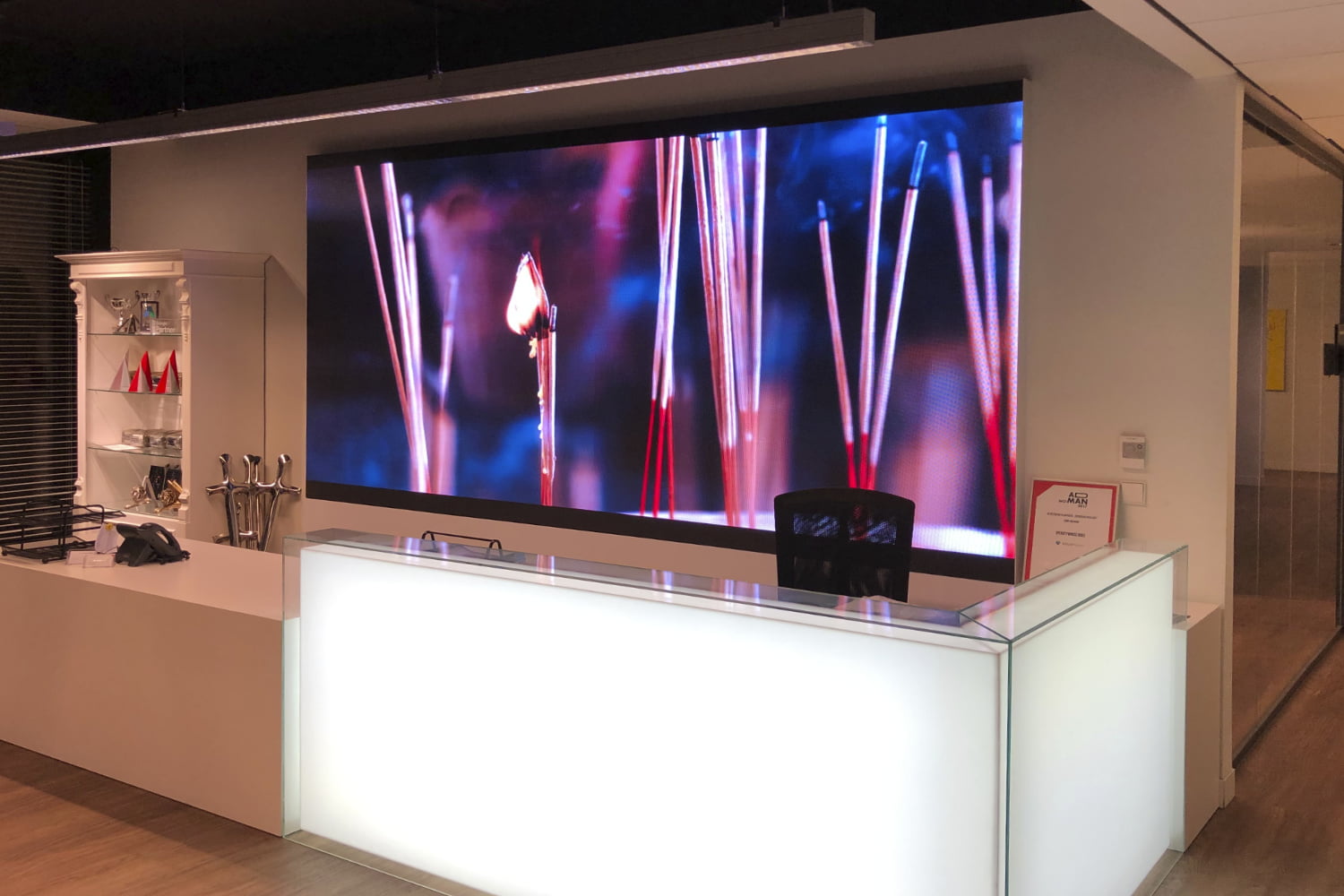Questions and answers
At this point, we will try to respond on an ongoing basis to frequently asked questions and explain any doubts regarding LED displays and the related technologies.
What is a pixel pitch?
Pixel pitch is the resolution of the LED module. This parameter determines the distance (expressed in mm) between individual LEDs of the LED display. The lower the pixel pitch, the sharper the images displayed on the display.
Higher pixel density means that there are more image generating elements over a smaller display area.
Pixel pitch (pp) determines the level of detail of images displayed on the display. When two LED displays of the same size but with a different pixel pitch are compared, the display with a lower pp will have a higher resolution.
Examples:
A P3 display with the size of 320 x 208 cm will have a resolution of 1040 x 676 pixels and a total of 703,040 pixels across the display.
A P4 display with the size of 320 x 208 cm will have a resolution of 800 x 520 pixels and a total of 416,000 pixels across the display.
As you can see in the above example, a P3 display has nearly twice as many pixels as a P4 display, which obviously translates into better image quality.
This is how the difference between the displays described in the example can be illustrated:
What is a refresh rate?
The display refresh rate is a very important parameter that is often neglected. This parameter determines how often the image displayed on the display is refreshed. A higher refresh rate means a display that is less tiring and more pleasant to look at. A frequency of not less than 1920 Hz guarantees optimal viewing comfort. This parameter must be taken into account when choosing a display.
Is it possible to make a LED totem in a different size than the standard one?
Yes, you can order displays, including totems, in any size that you prefer. The customer can choose any module size and display resolution. Our products are fully customizable, all details and requirements are discussed on a case by case basis.
Which pixel pitch is the best for me?
There is no simple answer to this question because there are several quite important factors influencing the choice of module resolution. To choose the right LED raster, you need to answer a few basic questions.
The first and most important question is whether you need an indoor or outdoor display?
In most cases, the choice between indoor or outdoor display will determine your further choices. In the case of outdoor displays, the image will usually be viewed from a considerable distance, and usually, very high pixel density is not necessary. However, if your display is relatively small will be viewed at a distance of 4-5 m or less, you should consider LED modules with a slightly higher pixel density.
The same applies to indoor displays. The size of the display and the viewing distance are important.
The pixel pitch is assumed to indicate the optimal distance from the display in meters. As a rule, the optimum distance is 2 m for P2 displays, 3 m for P3 displays, and 8 m for P8 displays. In most cases, this estimate is correct, however, using a pixel pitch which is too high for the given application may spoil the user experience, even if the display will be viewed from a distance greater than the one suggested for a given type of LED module.
We already know what to define first: whether we need an outdoor or indoor display, and what the distance is between the display and the viewers.

Another question is – what types of images will be displayed on the display?
This is one of the most important questions to be answered. The type of displayed content is very important in this case. If the main contents displayed on the display includes images or video files without fine details or subtitles, and the display is 3x2m in size, it would be pointless to use modules with a pixel pitch lower than P2 for indoor displays. Of course, modules with higher pixel density can also be used, but this choice would not be cost-effective.
As for outdoor displays, the same principle should be followed: images with fine details always require more resolution.
To sum up, in order to properly select the module resolution, the following parameters should be defined:
– whether you need an indoor or outdoor display
– the viewing distance
– the display size
– the type of contents to be displayed.
As an example, consider one of the actual implementations.
Display parameters:
– display installed on the wall of an office reception desk
– average viewing distance of 3-4 m or more
– preferred size: 4-5 m in width, 2 m in height
– the display will be used to display images without a high level of detail, and movies (various topics).
P3 modules are the optimal choice for these parameters. P4 modules would also be possible as a cost-efficient solution, but in this case the customer insisted on perfect image quality and the WOW effect, so we suggested either P3 or P2.5 pixel pitch.
Ultimately, the client considered two options:
P3 480×192 cm display with a resolution of 1600×640 pixels.
P2.5 480×192 cm display with a resolution of 1920×768 pixels.
Having analyzed all aspects and after a visit to our company, the client opted for a P2.5 display.


